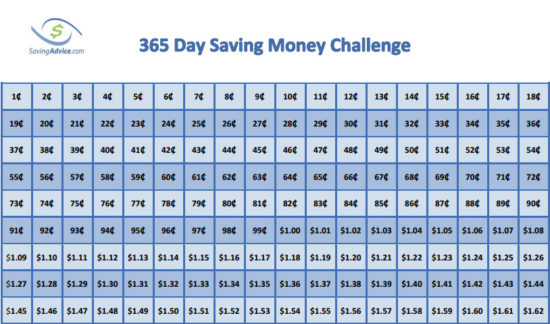The once runaway inflation train of the last few years seems to have slowed itself down. How does our most recent struggle with inflation compare to those of the past?
Answer: 20.49% in 1917
Questions:
- Why is tracking inflation important for the economy?
- Deflation happens when the prices of goods and services don’t just stop rising, they actually start going down. Why might this not be a good thing?
- How do you think an inflation rate like the one in 1917 would affect your everyday life today? What are some spending and saving habits that might be impacted?
Behind the numbers (Investopedia)
Key Takeaways
- Inflation is a key part of an economy. It is the general level of price increases for goods and services, which reduces purchasing power.
- A healthy level of inflation is needed for an economy, as long as it doesn’t get too high or too low.
- Inflation in the U.S. is measured by the consumer price index (CPI) calculated by the Bureau of Labor Statistics.
- The highest year-over-year inflation rate observed in the U.S. since its founding was 29.78% in 1778.
- Since the CPI was introduced, the highest inflation rate observed was 20.49% in 1917.
—————
NGPF’s Budgeting unit can help prepare your students to spend responsibly!
—————
Need a crash course on the Consumer Price Index? Check out ECON: What is the Consumer Price Index (CPI)?
About
the Author
Ryan Wood
Ryan grew up with and maintains a love for learning. He graduated from the University of Wisconsin-Green Bay with a degree in Business Administration and worked in sports marketing for a number of years. After living in Texas, Colorado, Tennessee, and Minnesota, the call of education eventually brought Ryan back to his home state of Wisconsin where he was a Business and Marketing teacher for three years. In his free time he likes to spend time with his wife and daughter, play basketball, read, and go fishing. Now with NGPF, Ryan is excited to help teachers lead the most important course their students will ever take.




















Discussion about this post